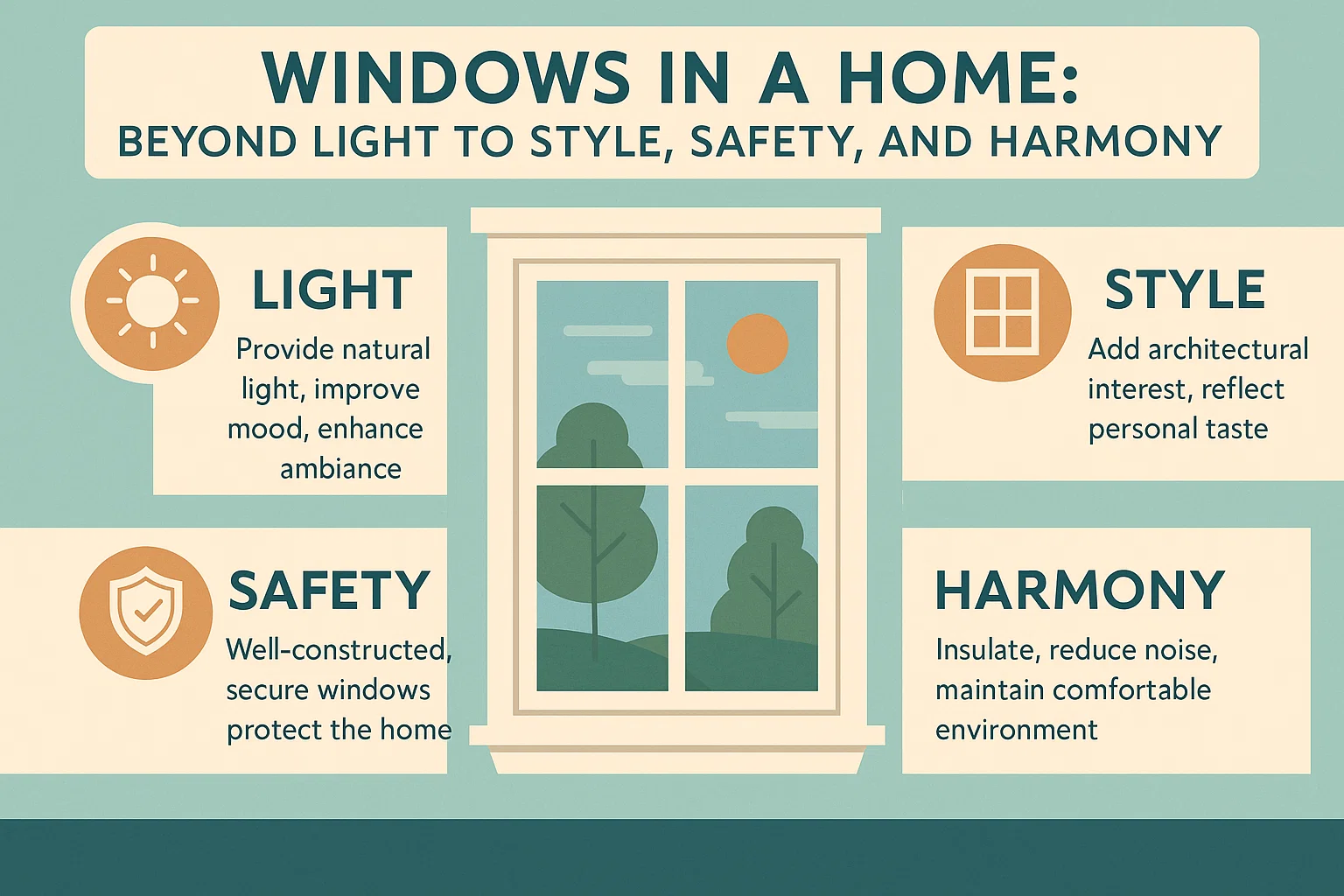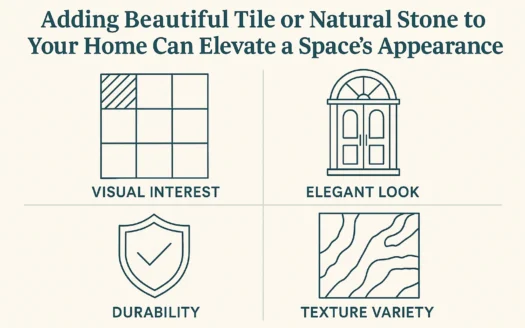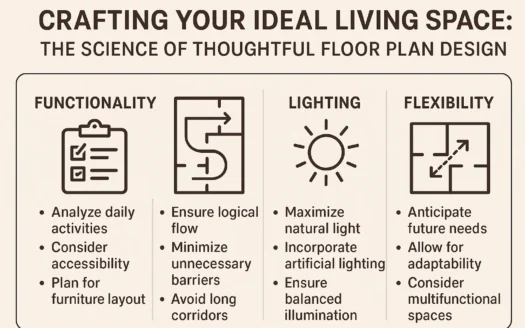Windows in a Home: Beyond Light to Style, Safety, and Harmony

Windows in a Home: Beyond Light to Style, Safety, and Harmony
Windows are the starting point for creating the mood and style of a home. They provide light, safety, and ambiance, transforming spaces into inviting sanctuaries. While natural light is essential, unadorned windows can disrupt a room’s harmony. The solution? Window treatments—blinds, shades, drapes, and more—that blend function with aesthetics, much like accessories complete an outfit.
Before You Start Dressing Up Your Windows
Follow this checklist to ensure your window treatments meet both practical and design needs:
- Assess your windows: Count and measure all windows, noting their shapes and sizes (awning, arc, bay, casement, etc.).
- Determine functionality: Decide if treatments are for light control, privacy, UV protection, or purely decorative purposes.
- Set a budget: Include costs for materials, installation, and contractor fees.
- Create a moodboard: Visualize how treatments will complement each room’s style.
Types of Window Treatments
From classic to contemporary, explore these options to match your home’s architecture:
Blinds
Constructed from hard slats (horizontal or vertical), blinds offer adjustable light control. Materials include aluminum, bamboo, wood, vinyl, fabric, and faux wood. Panel blinds work well for sliding doors and oversized windows.
Curtains
Lightweight sheer or opaque fabrics like cotton or polyester. Ideal for adding visual interest rather than full light blockage.
Drapes
Heavy-duty fabrics such as velvet, silk, or linen that block light and enhance privacy. Perfect for bedrooms or media rooms.
Shades
Operated via a pull cord, shades move up or down and come in styles like honeycomb, pleated, roller, and Roman. Blackout shades are popular for total light control.
Valances
Decorative fabric pieces that hide curtain rods or add a finishing touch to existing treatments.
Tips for Choosing the Best Window Treatment
- Prioritize proportion: Avoid oversized treatments that darken corners or shrink spaces.
- Focus on function: Ensure treatments are easy to operate, clean, and maintain.
- Match the room’s purpose: High-traffic areas need durable materials, while bedrooms benefit from blackout options.
- Harmonize the design: Treat window coverings as accessories—subtle yet impactful in tying a room together.
By balancing practicality with aesthetics, window treatments can elevate your home’s atmosphere, creating a cohesive and relaxing environment.




